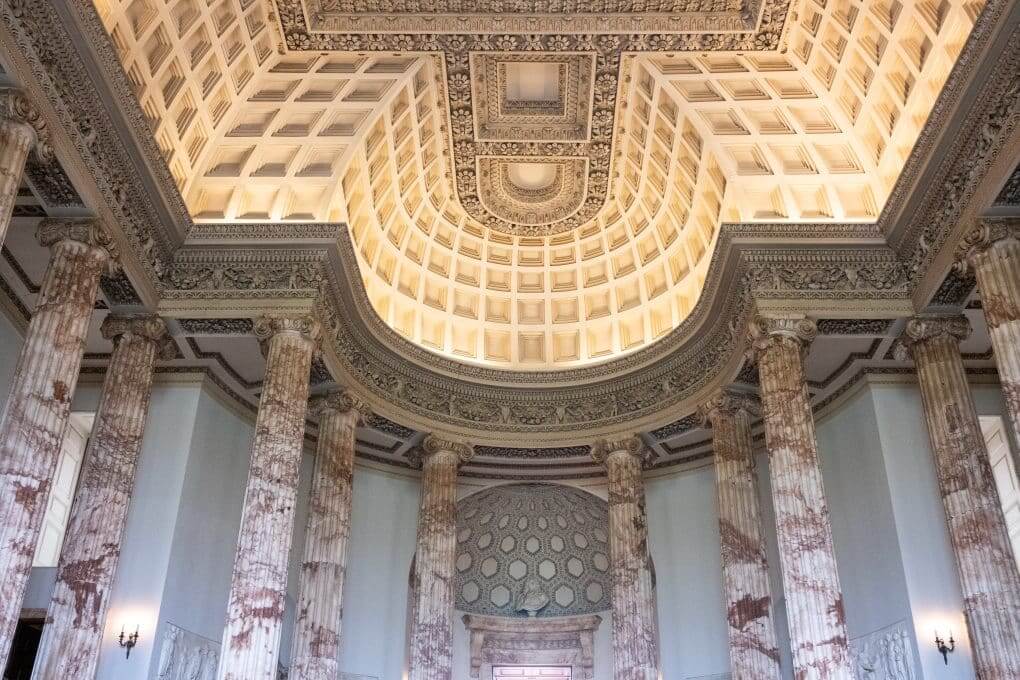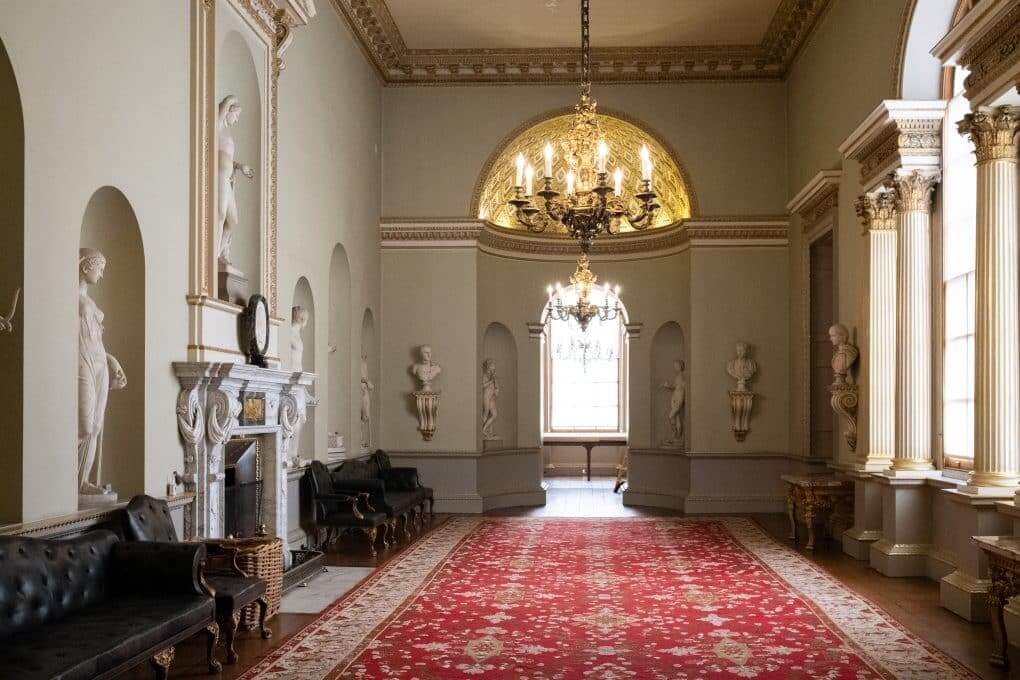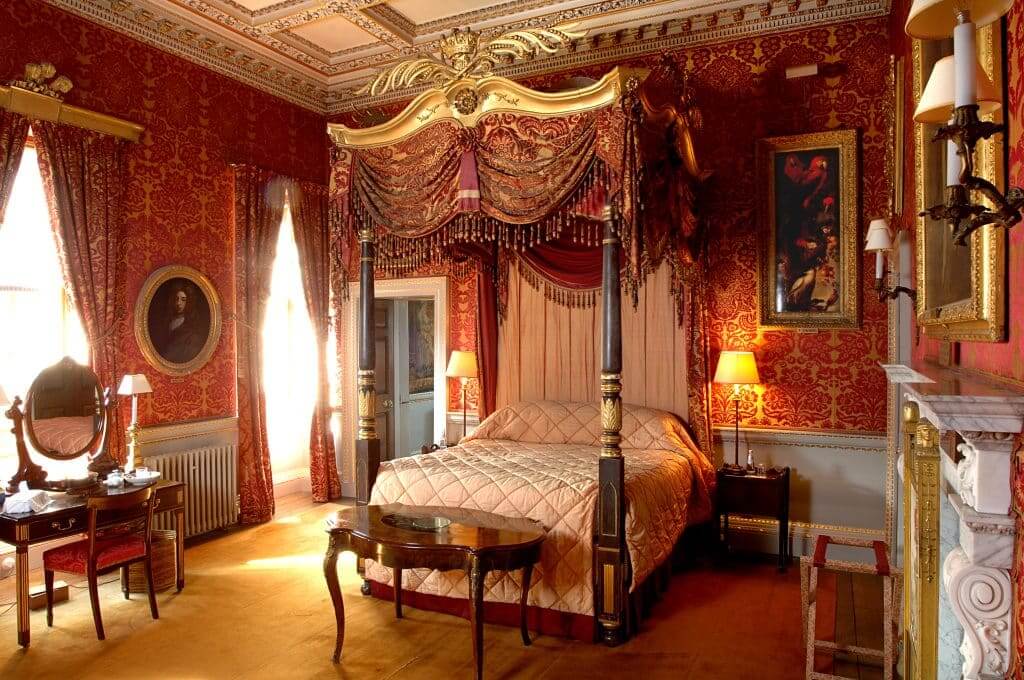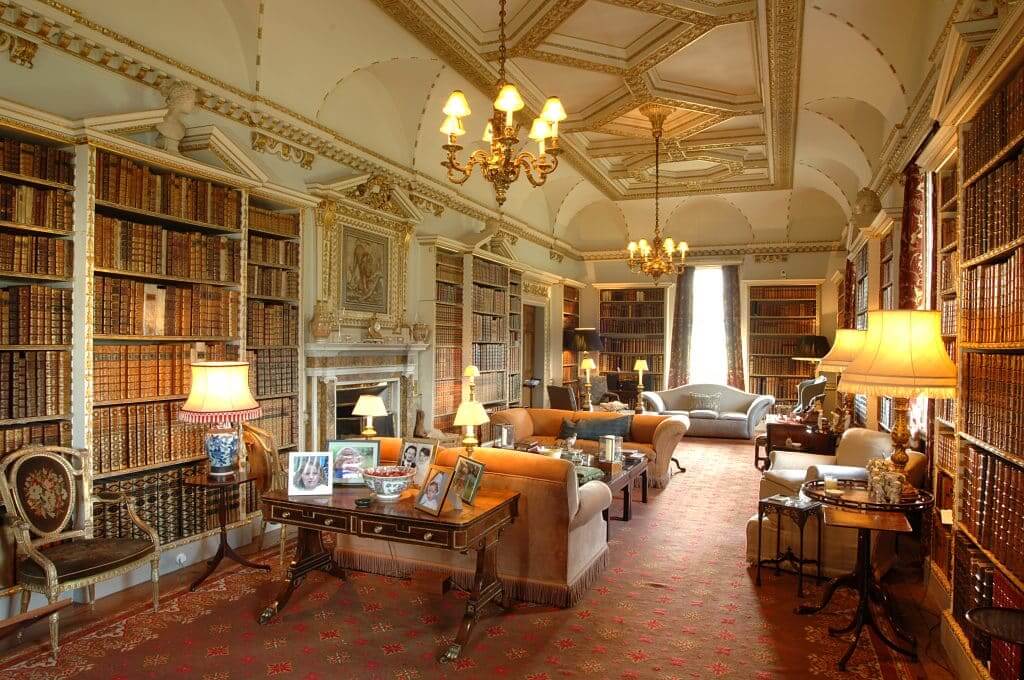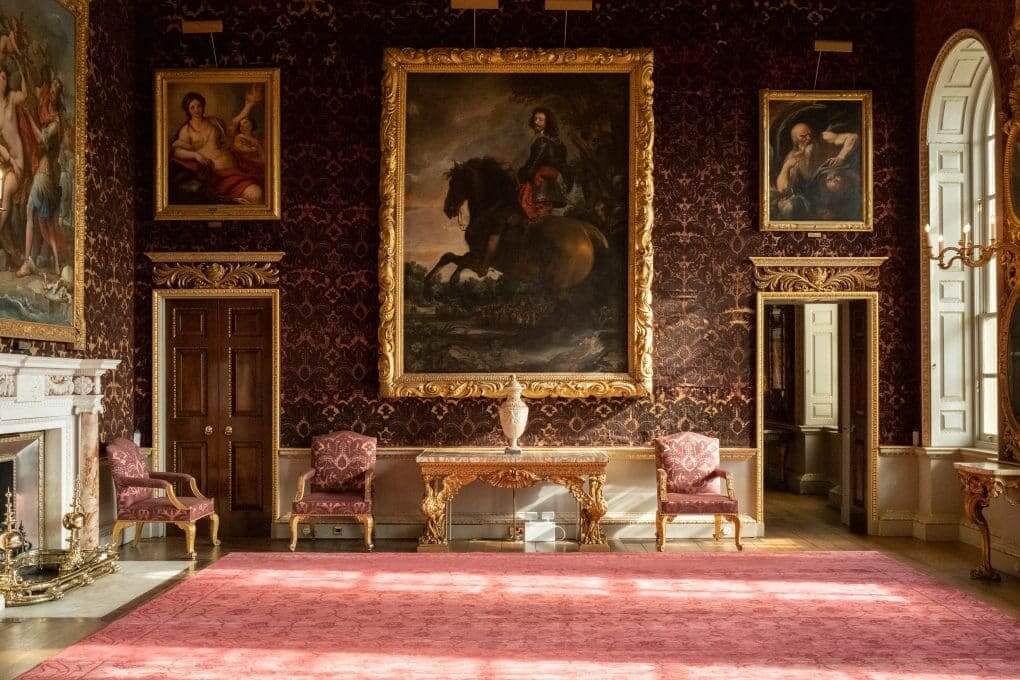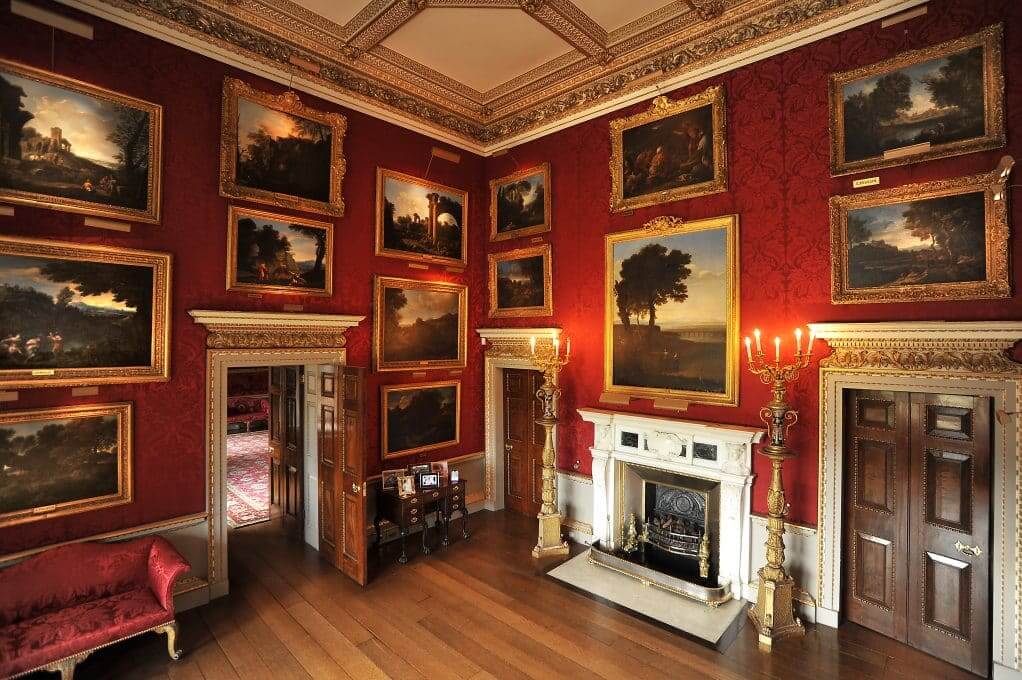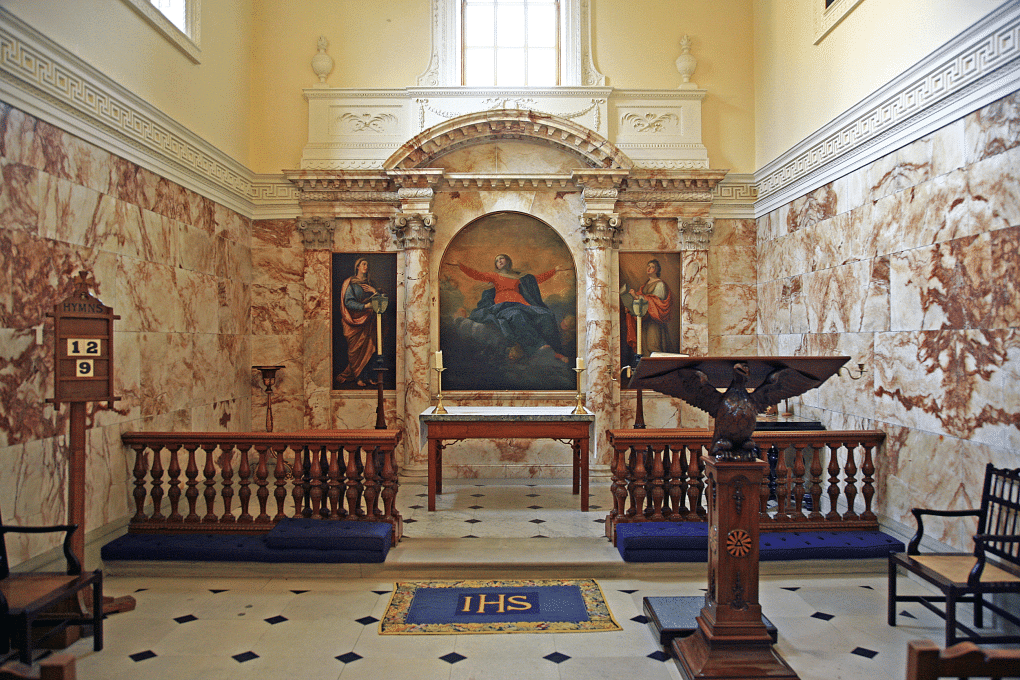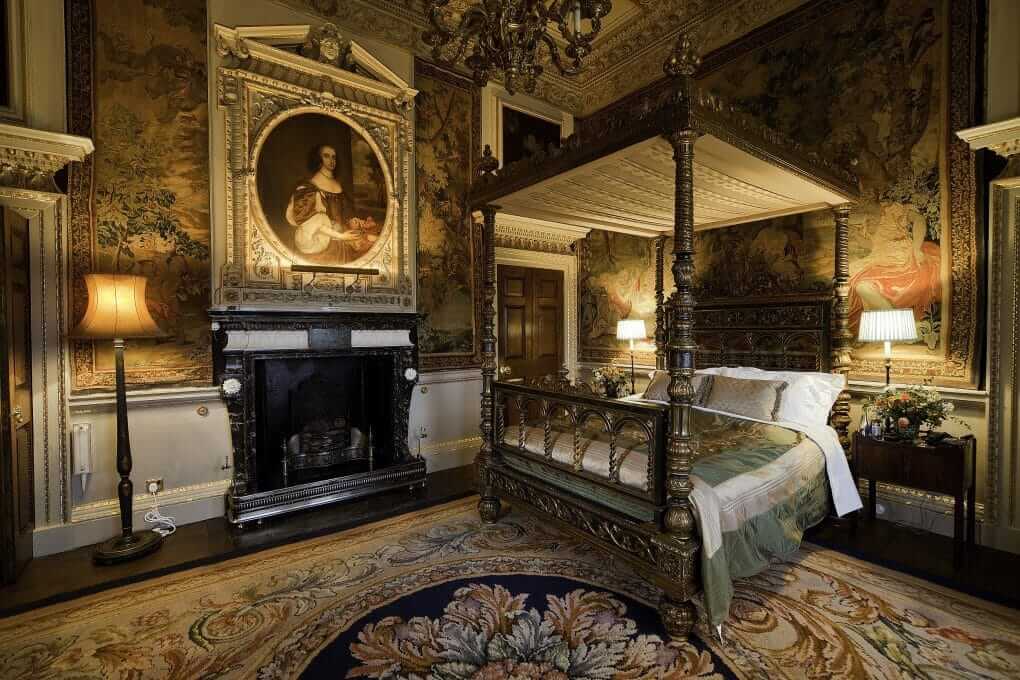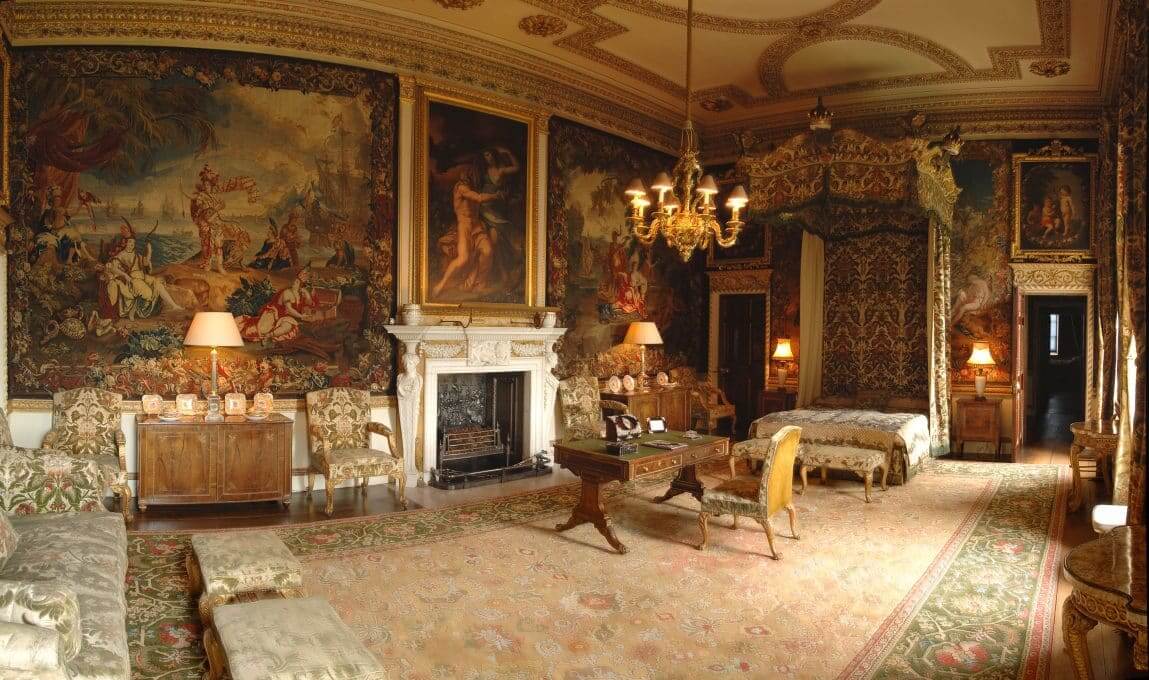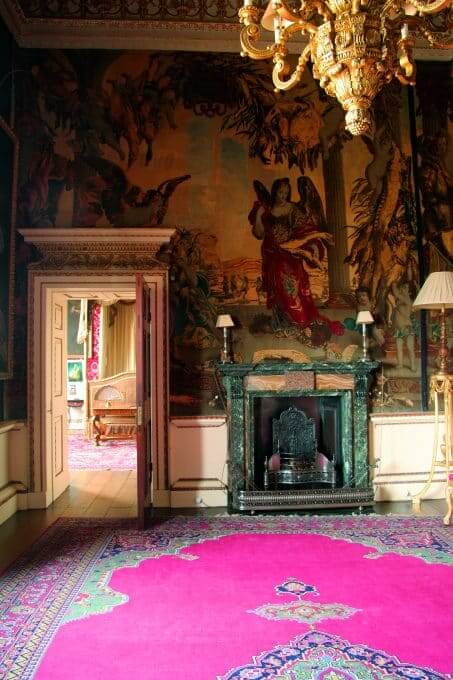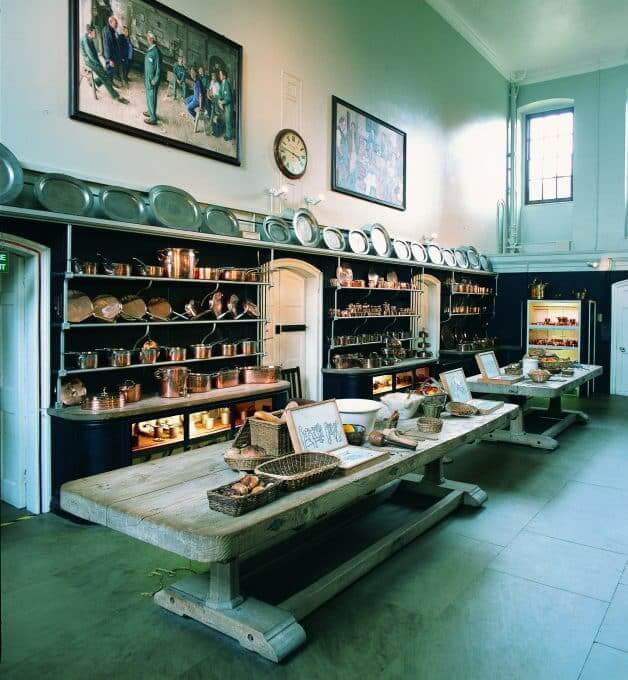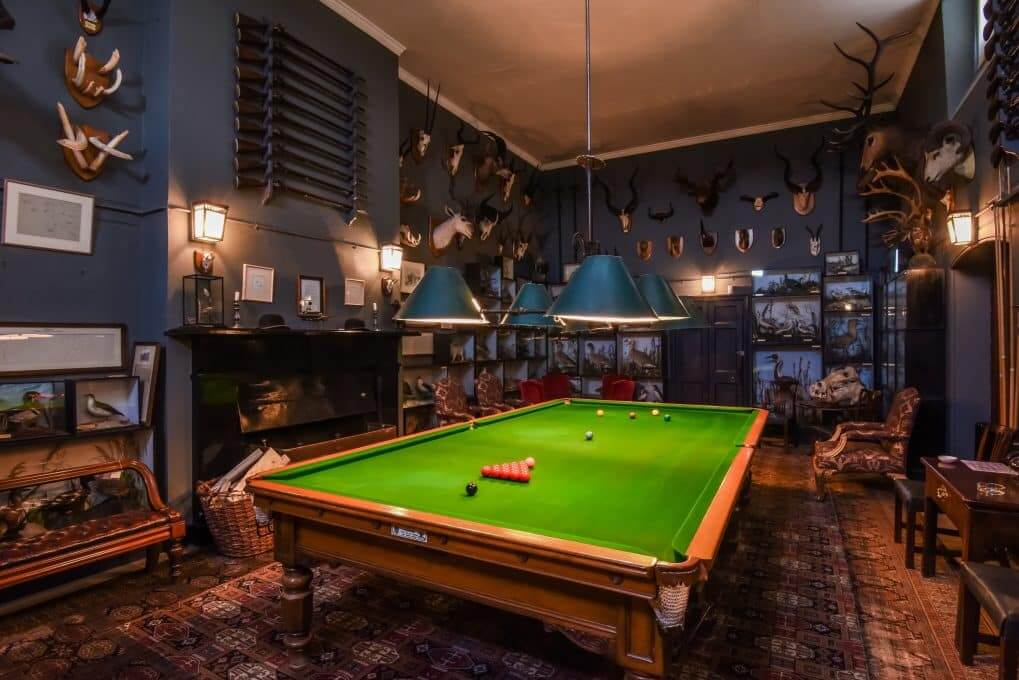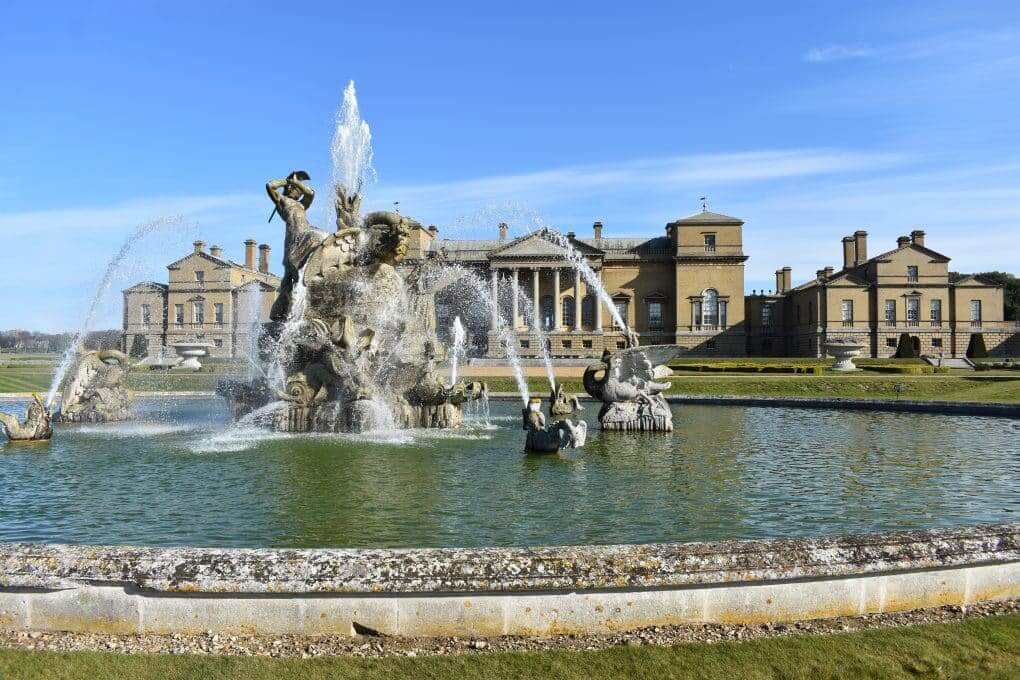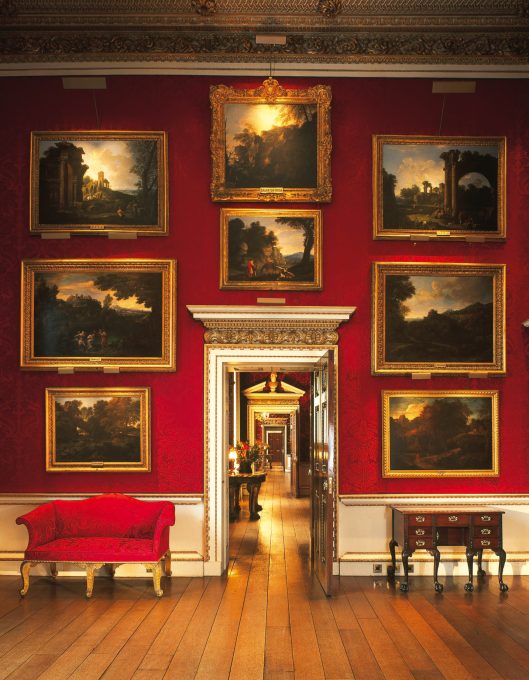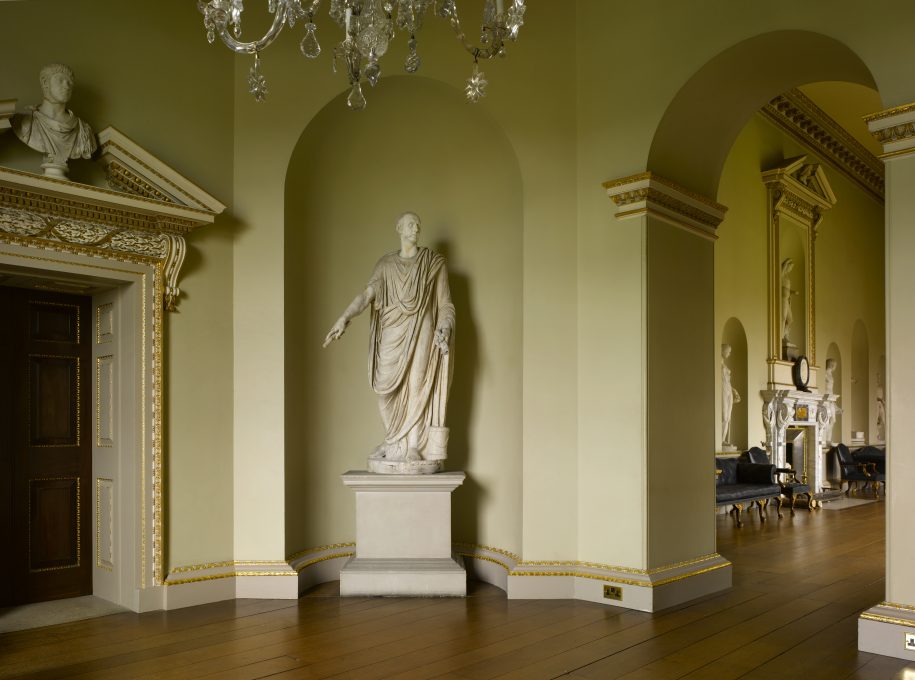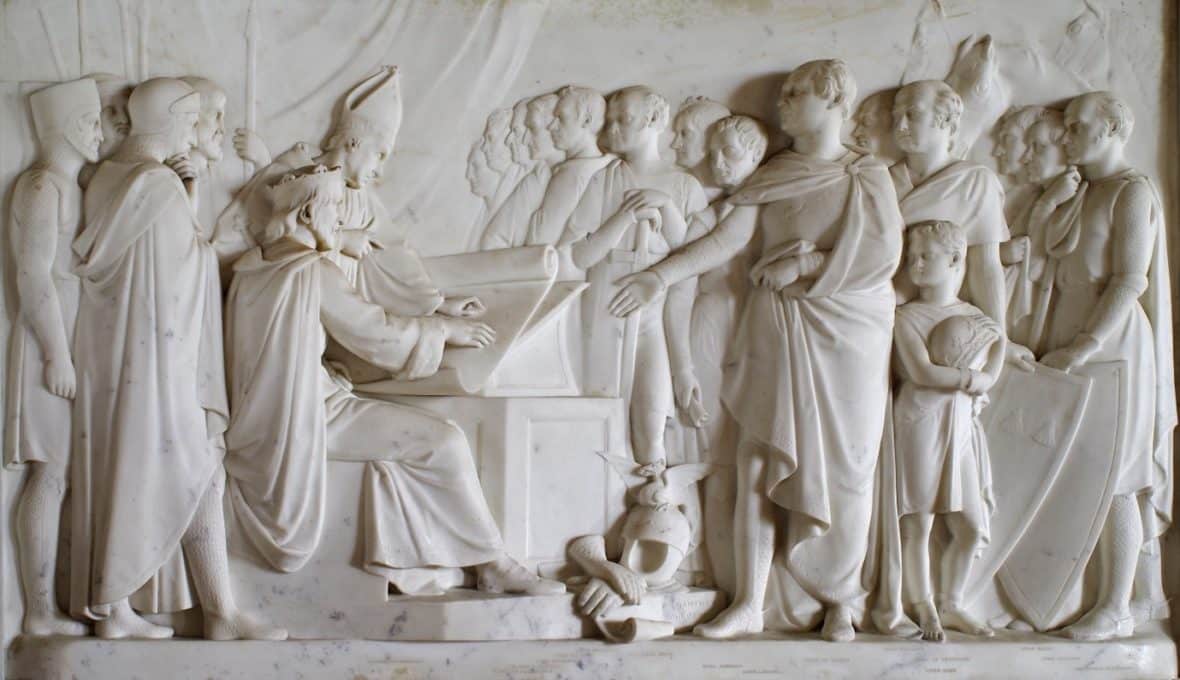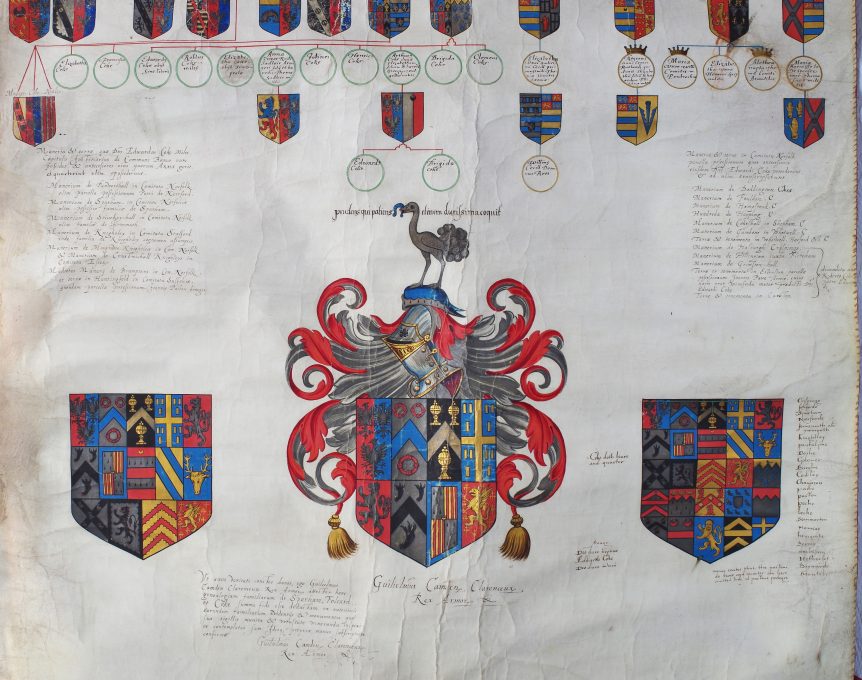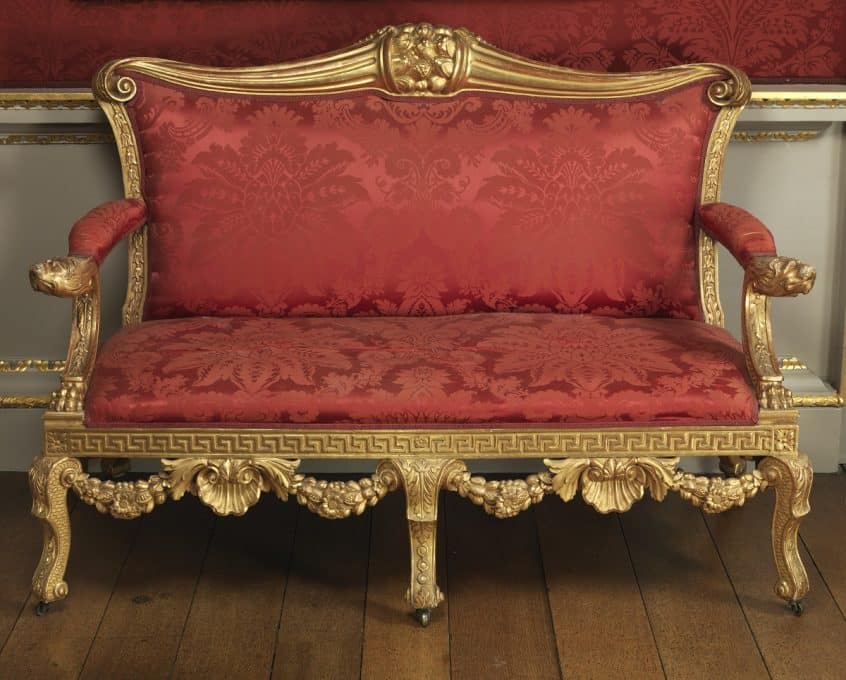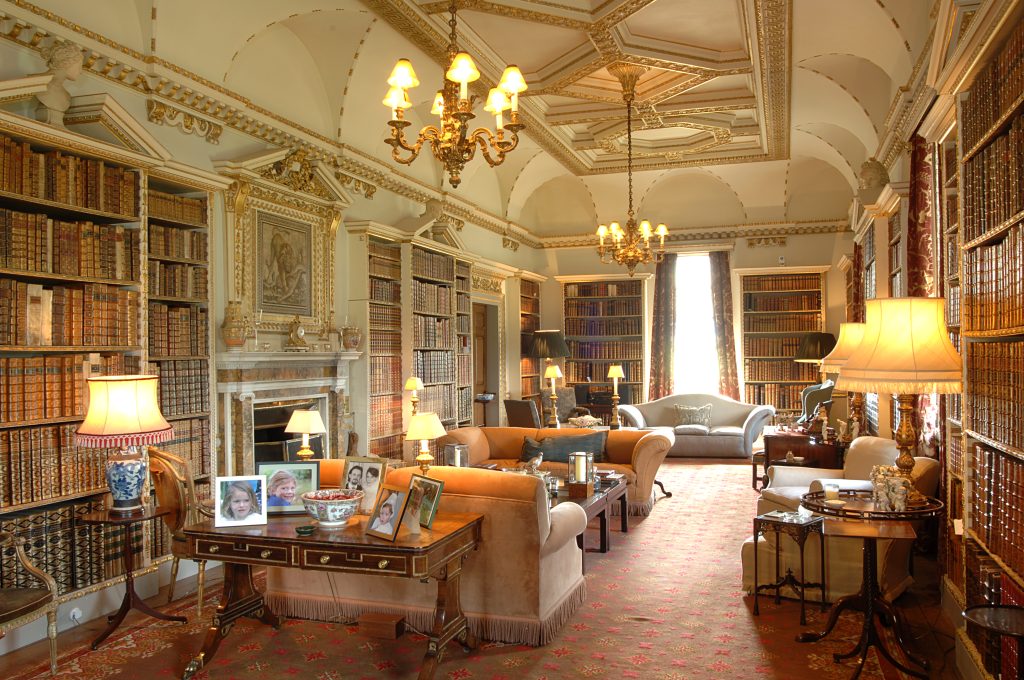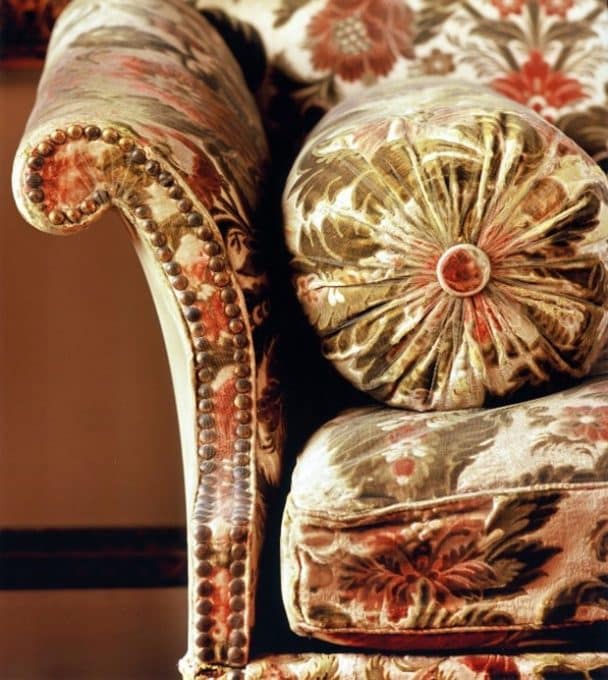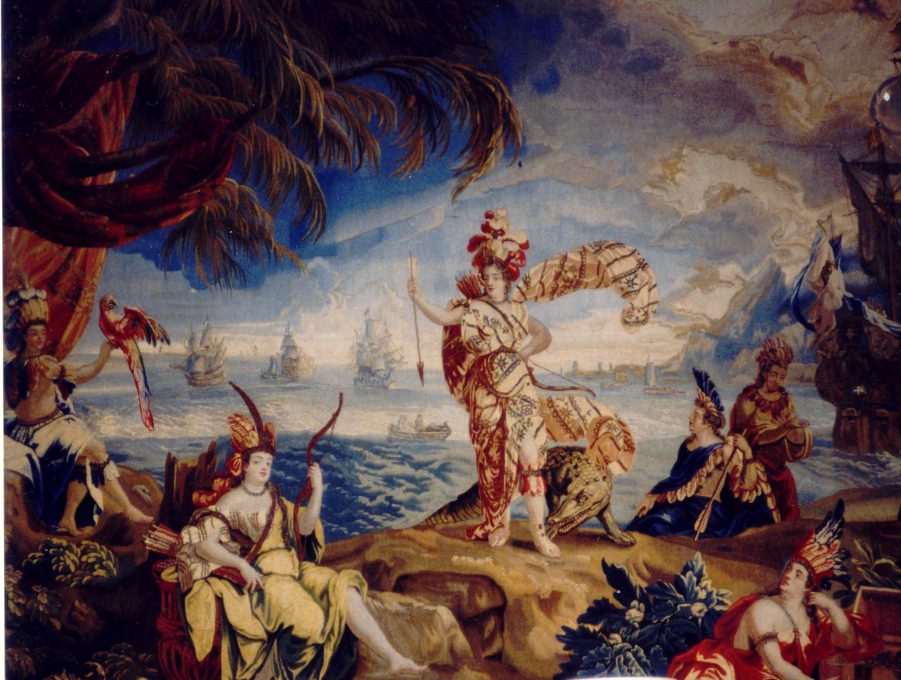Things to do
Holkham Hall
Open until 30th October on Sundays, Mondays and Thursdays.
Marvel at Old Mastersand make yourself at home.
A visit to Holkham Hall will bring to life the stories of a bygone era.
Nestled within 25 acres of rolling parkland, Holkham Hall is an 18th century Palladian style house, based on designs by William Kent and built by Thomas Coke, 1st Earl of Leicester. The current Earl and his family take great pride in opening their doors and sharing the treasures within.
You’ll find the Marble Hall a truly breath-taking introduction to your visit, with its impressive 50ft dome ceiling and elegant walls of English alabaster – not marble as the name suggests!
A grand staircase leads to a myriad of state rooms, from the Saloon with its rich, red walls, gilded coffering, and lofty ceiling; to many sumptuous bedchambers where royalty once laid, state dining rooms adorned with exquisite porcelain, galleries of statuary and art by the Old Masters, libraries bursting with books and manuscripts and of course, the Old Kitchen with its rows of polished copper pots, pans, and moulds.
Though this stately home has a warm, lived-in feel, it has remained largely unchanged since the late-18th century, and much of what you will see is as Thomas Coke intended. Each generation has left a little something of themselves in the house, right up to the present day.
Please note that on occasion the libraries and/or Strangers Wing are not open to visitors.
Plan your visit to Holkham Hall
Adult tickets cost £24 and tickets for children (ages 5-15) are £2.50. This includes entry to the Walled Garden and Holkham Stories exhibition, making it a wonderful day out!
You can book your tickets in advance here, or pay on the day.
Please note that Holkham Hall is open on Sundays, Mondays and Thursdays only.
Holkham Hall is open on Sundays, Mondays and Thursdays until 30th October 2025.
We will re-open for our magical Christmas event, Holkham Hall by Candlelight, from late November.
Use the postcode NR23 1RH on your satnav.
Enter Holkham Park via the north gates and follow the path through the park until you reach the car park.
You’ll be greeted by our friendly attendants who will take your payment via card or cash.
Parking cost: £6 per day
Parking open: 10am-4pm
Go car free!
Enjoy a 10 percent discount* on attractions when you arrive by public transport, by bike or by foot.
*Discount applies during main season when attractions are open. Not applicable to events.
For accessibility information, check out our Detailed Access Guide on the AccessAble website.
Our knowledgable room stewards will be happy to answer any questions you have about the state rooms as you explore the hall.
A printed summary guide to the hall is available in Braille and in the following languages: Czech, French, German, Italian, Russian, Spanish and Ukrainian.
We also sell detailed guidebooks full of fantastic imagery and insights into the hall and Holkham’s past, present and future. These can be purchased from the Courtyard Gift Shop.
We are partnered with Historic Houses and English Heritage and offer discounts to their members:
Historic Houses members
Historic Houses members gain free access to Holkham Hall, Walled Gardens and Holkham Stories. You must have a valid card with you.
The parking charge still applies.
English Heritage members
English Heritage members will benefit from a 20% discount on tickets.
Sorry – only assistance dogs are permitted inside Holkham Hall.
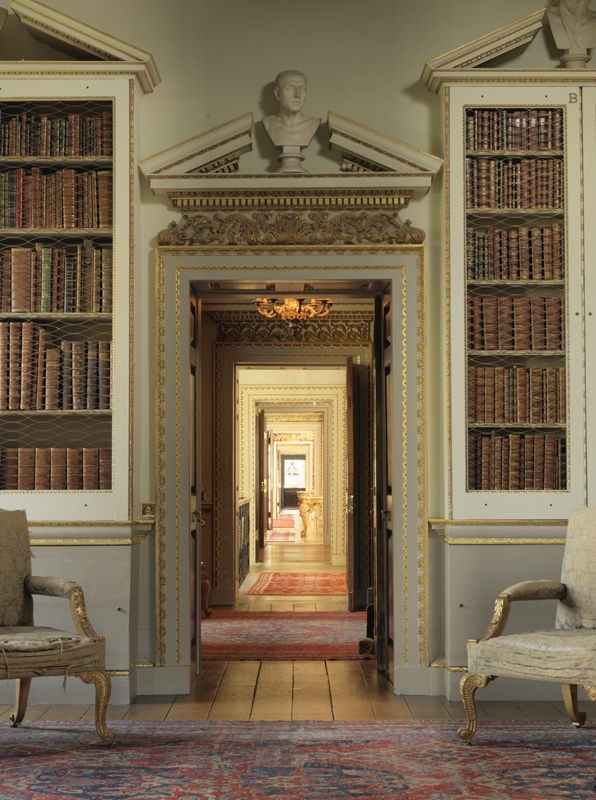
Contact us
We love sharing our collection, and welcome visits by scholars and researchers.
Our image requests are handled by Bridgeman Art Library. If you cannot find what you are looking for through them, please contact us.
Please use the buttons below to get in touch and find out more.
Any requests for loans should be initially directed to the Art curator.

Holkham Hall FAQs
Is Holkham Hall a National Trust property?
No, Holkham Hall is privately owned and is not part of National Trust.
We are members of Historic Houses, and also partner with English Heritage. Holkham Hall is one of the Treasure Houses of England.
When was Holkham Hall built?
The Hall was built between 1734 and 1764. It was inspired by the temples and Palladian buildings that Thomas Coke, 1st Earl of Leicester, observed on his Grand Tour in Italy. Thomas Coke was friends with the architect William Kent, who he had met in Rome, and thus the designs were created for this new Norfolk stately home.
Work started in 1734 and continued for 30 years, though sadly, Thomas Coke never saw the finished hall – it was completed by his widow, Lady Margaret.
Are dogs welcome inside Holkham Hall?
Only assistance dogs can come into Holkham Hall. Holkham Park is dog friendly, but please keep your dog on a lead.
Can I take photos inside Holkham Hall?
You are welcome to take photographs in the state rooms, but please do not use flash.
If you wish to take photos for commercial purposes, please obtain permission. Find out more about holding a photo shoot at Holkham Hall here.
Can you walk around Holkham Hall for free?
No. If you would like to enter the Hall, you will need to purchase a ticket here or from our Visitor Reception when you visit. This ticket includes entry to the Walled Garden and Holkham Stories Experience.
You are welcome to explore the parkland / grounds for free.
A parking charge applies if arriving by car.
What films have been filmed at Holkham Hall?
A number of films feature Holkham Hall, the parkland and the beach, as well as commercials and photo shoots, so maybe you’ve recognised us!? Films shot across the country estate include The Duchess, The Souvenir, Deadpool and Shakespeare in Love.
Find out more about films and TV programmes shot at Holkham here.
Why is Holkham Hall famous?
With designs by the architect William Kent, Holkham Hall is a prime example of Palladian architecture, and is one of the best examples that can be seen within the UK. It was inspired by the Roman architecture and Italian Renaissance villas seen by Thomas Coke, 1st Earl of Leicester, on his Grand Tour.
The stately home also houses a fine private collection of Classical statuary, landscape paintings, 18th-century furniture, and antiquities, many of which were collected by the 1st Earl on his travels.
The exterior design, interior state rooms – including the spectacular Marble Hall – and the treasures they house draw tens of thousands of people to this Norfolk country house each year.
Who owns and lives in Holkham Hall now?
The Hall is under the private ownership of the Coke family, who have lived in the Hall since the 1750s.
Can you get married at Holkham Hall?
You can indeed! Holkham Hall and the parkland make for a stunning wedding venue, with various places to hold your ceremony and reception. The Marble Hall, in particular, makes for an unforgettable ceremony!
Find out more about holding your wedding at Holkham or get in touch with our team here.
Are there many other stately homes in Norfolk?
Yes – Holkham is one of a number of historic country houses and stately homes in Norfolk that are open to the public.
These include Houghton Hall, Blickling Hall, Felbrigg Hall, Wolterton Hall and Sandringham House, alongside others.
Why not enjoy a short break in Norfolk and enjoy a few heritage filled days out?
Can I spend my gift voucher on a visit to the Hall?
Yes! You can spend a gift voucher on any of our attractions, including the Walled Garden and Holkham Stories.
How long does a visit to Holkham Hall take?
We recommend spending at least 1 hour inside Holkham Hall. Tours are free-flow, so you are free to spend as long or as little time inside as you wish.
Why is the Hall only open 3 days a week?
Holkham Hall is still a lived-in family home, which the Coke family take pride in opening up to the public for three days. We also host a number of private events and tours when the Hall is closed such as weddings, group visits and school trips.
Have more questions about your Holkham Hall visit?
Get in touch with our Visitor Reception team who will be happy to assist.
